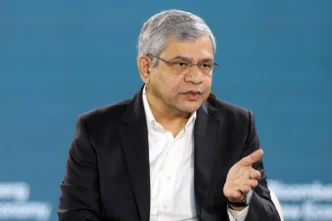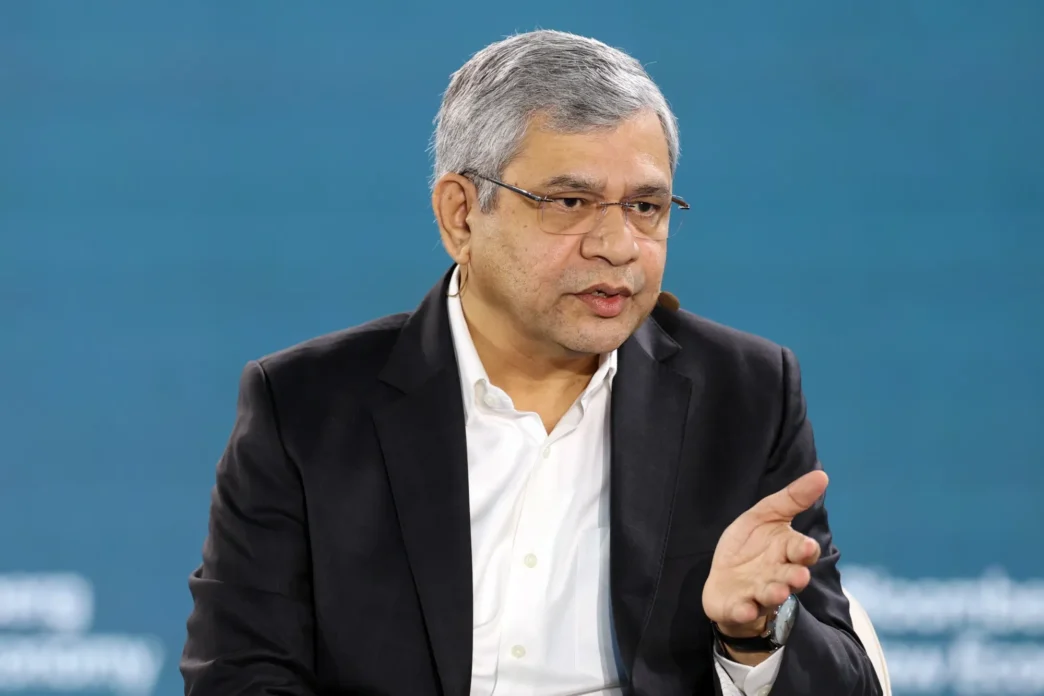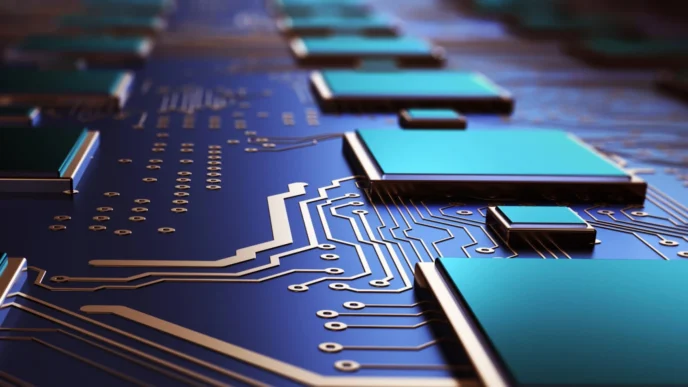India is positioning itself to become one of the world’s leading semiconductor manufacturing hubs by 2032, unveiling an aggressive roadmap that aims to elevate the country to the same technological tier as established chipmaking giants such as Taiwan, South Korea, and the United States. Driven by geopolitical realignments, supply-chain vulnerabilities, and a national push for technological sovereignty, New Delhi is now undertaking one of the most ambitious industrial transformations in its history.
Backed by multi-billion-dollar incentives, global partnerships, and a vision to build a complete semiconductor ecosystem—from fabrication to packaging to design—India plans to reduce its dependence on foreign chip suppliers and secure a central role in the future of global electronics.
A National Mission to Become a Semiconductor Powerhouse
Semiconductors are the backbone of modern technology, powering everything from smartphones and electric vehicles to data centers, missiles, and AI supercomputers. But India, despite being a software and IT-services giant, has historically relied heavily on imports for chips.
The pandemic-era global chip shortage served as a wake-up call. Supply delays in automotive, telecom, medical devices, and computing equipment exposed India’s vulnerabilities. In response, the government launched a strategic initiative to build domestic capacity at scale.
The goal is clear: achieve semiconductor manufacturing parity with the world’s major producers by 2032.
To do so, India is pursuing a three-tier strategy:
- Develop advanced fabrication nodes domestically
- Build a world-class OSAT (assembly, testing, and packaging) industry
- Expand semiconductor design and R&D capabilities
The Funding: Massive Incentives to Attract Global Players
India’s semiconductor mission is backed by a powerful incentive package, including:
- $10 billion in direct government subsidies
- Up to 50% support for fab construction costs
- State-level incentives covering land, energy, and water needs
- Production-linked incentives (PLI) for chip design and packaging
These measures are designed to lure global manufacturers seeking diversification away from East Asia.
And it’s working.
Major Announcements and Partnerships So Far
- Micron Technology is building a large-scale chip assembly and testing facility in Gujarat.
- Foxconn has committed billions for semiconductor and display manufacturing infrastructure.
- Tata Group has moved aggressively into fabs, packaging plants, and design acquisitions.
- AMD opened a major R&D campus to strengthen India’s chip design ecosystem.
More deals are expected as India deepens talks with leading fabricators in Taiwan, Japan, and the U.S.
Why 2032? A Realistic Yet Ambitious Timeline
Reaching semiconductor parity is not a short-term task. Nations such as Taiwan and South Korea spent decades developing their world-leading industries. India’s 2032 target reflects a calculated balance between ambition and feasibility.
Milestones India Aims to Hit by 2032
By 2026–2027:
- First commercial semiconductor fabs begin pilot production
- Domestic OSAT ecosystem matures
- India becomes a regional hub for chip design
By 2028–2030:
- India manufactures 28nm and 22nm nodes at scale
- Specialized chips for EVs, telecom, and industrial sectors are produced locally
- Export capacity grows significantly
By 2032:
- India competes in sub-10nm processes
- Complete semiconductor supply chain is domestically embedded
- India emerges as a major player in global chip exports
Achieving this would position India alongside the U.S., Taiwan, South Korea, Japan, and China as a top-tier semiconductor power.
A Geopolitical Imperative: Diversification Away From East Asia
India’s semiconductor ambitions align with a shifting geopolitical landscape.
Why the world wants India in the chip race:
- Rising tensions in the Taiwan Strait threaten the world’s primary chip supply.
- Supply-chain diversification has become a priority for the U.S., Japan, and Europe.
- India’s vast market and workforce make it a natural alternative manufacturing center.
Washington’s Indo-Pacific strategy explicitly supports India’s entry into the chip ecosystem, viewing it as critical to reducing global dependence on China/Taiwan.
Building the Ecosystem: Talent, Infrastructure, and R&D
1. Talent Pipeline
India produces over 2 million STEM graduates annually, including some of the world’s top chip designers. Companies like Qualcomm, Intel, Nvidia, and AMD already use India as an R&D base.
The 2032 roadmap includes:
- Dedicated semiconductor engineering degree programs
- Industry-academia research collaborations
- State-funded chip design labs
2. Infrastructure Investments
Chip fabs require specialized infrastructure—ultra-pure water, uninterrupted energy, and world-class logistics. India is developing:
- Semiconductor industrial parks
- Dedicated power grids
- High-speed transport corridors
3. R&D Expansion
New national research centers focus on:
- Advanced lithography
- Compound semiconductors (GaN, SiC)
- AI hardware architectures
This ecosystem-building effort is critical for long-term competitiveness.
Challenges That Could Slow the Journey
Despite progress, India faces several obstacles:
- Complexity of advanced nodes—only a handful of companies can make chips below 10nm
- High capital costs—a single state-of-the-art fab can exceed $20 billion
- Supply-chain depth—India must develop chemicals, gases, and equipment supplier networks locally
- Time-to-expertise—industrial know-how takes years to accumulate
- Global competition—countries like China and the U.S. are also pouring huge sums into chip independence
India’s ability to implement reforms, ensure policy stability, and maintain investor confidence will determine the success of its semiconductor ambitions.
A Future Semiconductor Powerhouse? The Momentum Is Building
If India achieves even part of its 2032 vision, the global semiconductor map will be fundamentally reshaped.
A successful Indian chip industry would mean:
- Reduced global dependence on Taiwan and China
- Massive economic growth and high-tech job creation
- A strengthened Indo-Pacific tech alliance
- India becoming a critical supplier in the global AI and electronics boom
Industry observers increasingly view India not as an outsider entering the chip race, but as a rising contender with the scale, political will, and economic motivation to succeed.
Conclusion: India’s Quest for Chipmaking Parity Signals a New Technological Epoch
India’s plan to achieve semiconductor parity by 2032 is both audacious and transformative. If successful, it will mark one of the most significant industrial achievements in modern history—elevating India from a consumer of global technology to a central architect of it.
With geopolitical momentum on its side, billions in incentives, and a rapidly evolving industrial base, India is positioning itself not just to participate in the future of chip manufacturing, but to help define it.
















